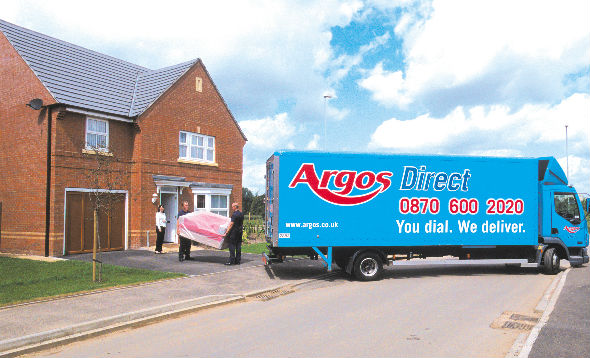Dorking, Surrey, 17th May 2006: Argos Direct, the home delivery shopping arm of the UK’s leading multi-channel retailer, has selected Paragon Multi Depot routing and scheduling software as part of an on-going drive to improve transport planning capability.
Following some comparison tests, Argos Direct chose the Paragon solution as best suited to meeting its tough home delivery requirements. The company required a system which would automate the transport planning process, so improving both operational efficiencies and the customer experience.
In response, Paragon offered a robust solution capable of optimising vehicle planning for a large-scale home delivery service, comprising some 550 vehicles making 15,000 deliveries each day from 30 depots across the UK.
Argos had previous positive experience of working with Paragon and this proved critical in choosing a replacement for the company’s existing software supplier. In order to implement an effective solution correctly configured for the Argos Direct operation, it was important that the two companies build a much closer relationship, in which the supplier partner shared a similar culture and truly understood both Argos’ business and its needs.
Major savings, tighter delivery windows
Following extensive testing, the Paragon Multi Depot solution was rolled out to all depots between July-November 2005. The results have delivered reduced transport costs and improved delivery accuracy.
To establish the benefits of the implementation, driver productivity and vehicle utilisation have been closely monitored delivering significant benefits, including:
- Improved miles per drop
- Improved hours per drop
- Improved vehicle utilisation
This represents a substantial cash saving and Argos Direct is on track to achieve payback on its original Paragon investment within seven months.
For his part Paragon’s marketing and business development director, Charles Nockold, believes that “Argos provides an excellent example of how Paragon’s proven software solutions enable companies to cut costs, by improving the underlying efficiency of their transport operations, at the same time enhancing their customer delivery performance.”


